SOURCE: AFI

Dhruva Space, an Indian space engineering company, and the Swedish Space Corporation (SSC) have strengthened their long-standing partnership. This collaboration focuses on expanding satellite ground station networks, aiming to propel the growth of both Sweden’s and India’s burgeoning new space industries.
The partnership will see Dhruva Space utilize SSC’s established network of ground stations for their upcoming LEAP-1 mission. LEAP-1 is a hosted payload satellite mission scheduled for launch later this year.
Continue readingSOURCE: RAUNAK KUNDE / NEWS BEAT / IDRW.ORG
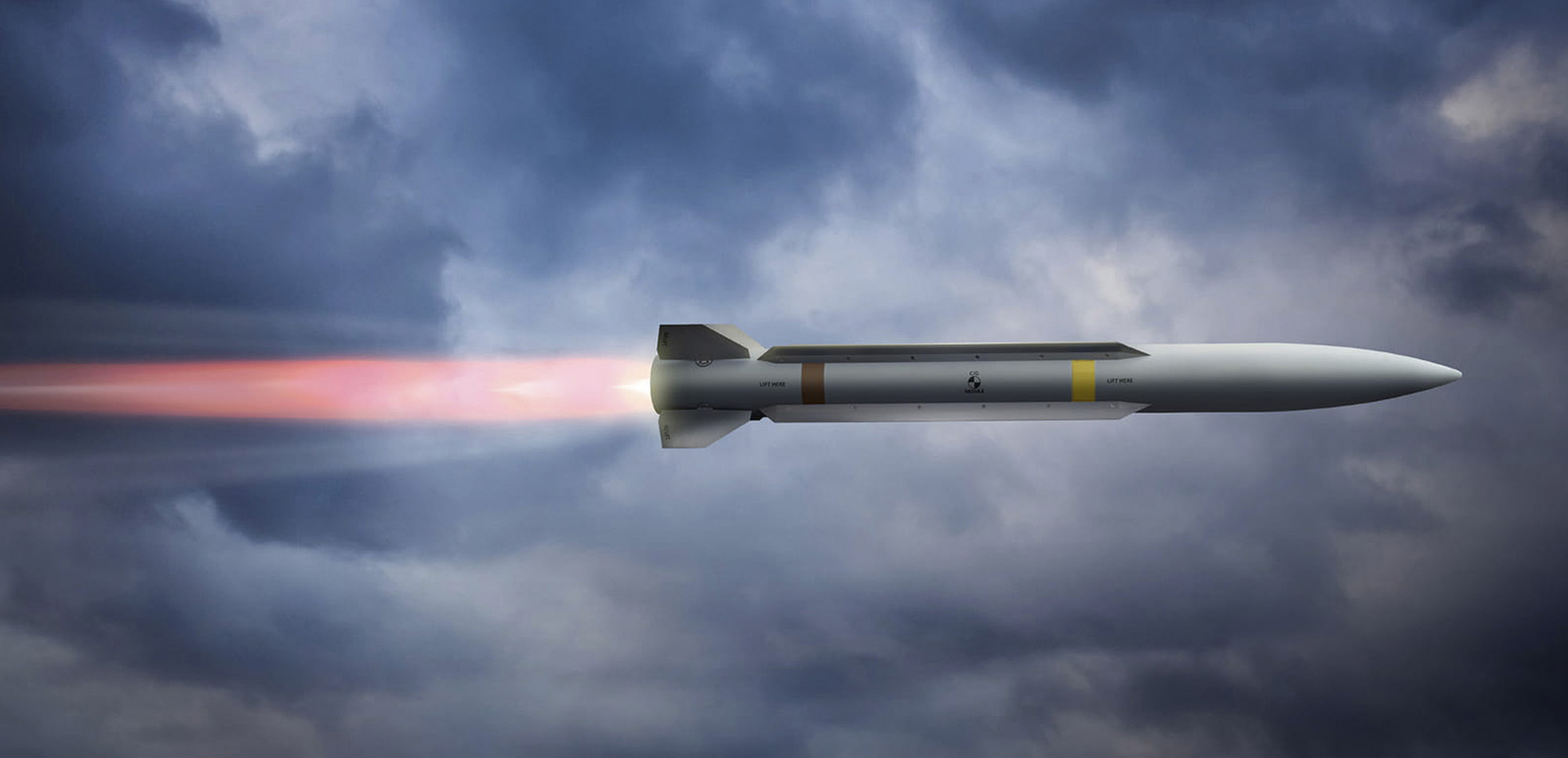
Following the successful development of the Astra Mk1 beyond-visual-range air-to-air missile (BVRAAM) and ongoing work on the Astra MkII and MkIII, the Indian Air Force (IAF) has conveyed a new requirement to the Defence Research and Development Organisation (DRDO).
The IAF desires a common close-combat air-to-air missile (CC-AAM) that can be integrated across its entire fighter jet fleet. This domestically developed missile would ideally feature a next-generation infrared (IR) seeker for enhanced target acquisition and tracking capabilities.
Continue readingSOURCE: RAUNAK KUNDE / NEWS BEAT / IDRW.ORG

In a significant development highlighting the growing strategic partnership between India and Nigeria, a 33-member delegation led by Anurag Bajpai, Additional Secretary in the Ministry of Defence, is set to embark on a diplomatic mission to Abuja from March 7. The visit comes in response to Nigeria’s expressed interest in fostering collaborative ties with the Indian defense industry, signaling a new chapter in bilateral defense cooperation.
The composition of the delegation underscores the breadth and depth of India’s defense capabilities, with leading defense Public Sector Undertakings (PSUs) and private companies including HAL, Bharat Electronics Ltd, Bharat Earth Movers Limited, Mazagaon Dock Shipbuilders Limited, Goa Shipyards, Advanced Weapons and Equipment India Limited, L&T, Bharat Forge, and MKU Limited forming part of the contingent. Their presence underscores India’s commitment to exploring new avenues of partnership and enhancing defense collaboration with Nigeria.
Continue readingSOURCE: RAUNAK KUNDE / NEWS BEAT / IDRW.ORG

In a recent address at the NDTV Defence Summit 2024, Dr Samir V Kamat, the Chairman of the Defence Research and Development Organization (DRDO), emphasized the pressing need for the development of advanced sensors and radars capable of detecting stealth fighter jets and hypersonic cruise and glide weapons. Kamat’s insights shed light on the evolving landscape of modern warfare and the crucial role played by technology in maintaining strategic superiority.
Kamat articulated the perpetual challenge faced by defence establishments worldwide, describing it as a “Cat and Mouse Game.” As platforms employing stealth and hypersonic technologies become increasingly prevalent, there arises a corresponding demand for sensor technologies capable of neutralizing these sophisticated threats. The asymmetrical nature of modern warfare necessitates a continuous cycle of innovation and adaptation to counter emerging threats effectively.
Continue readingSOURCE: IDRW.ORG
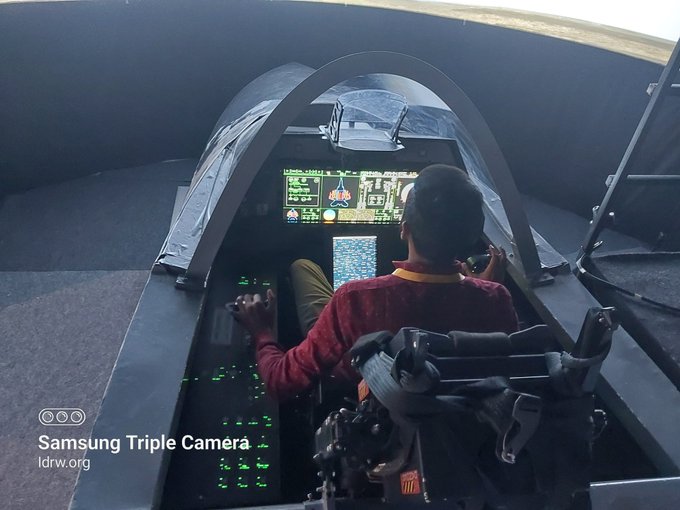
In a significant stride towards bolstering India’s indigenous defense capabilities, the Cabinet Committee on Security (CCS), under the leadership of Prime Minister Narendra Modi, has allocated a staggering ?15,000 crore for the advancement of the country’s 5th generation Advanced Medium Combat Aircraft (AMCA) program. This move underscores India’s commitment to fostering self-reliance in defense manufacturing and underscores its ambition to emerge as a formidable player in the global aerospace arena.
The AMCA project marks a pivotal milestone in India’s defense modernization efforts, positioning it as the third Indian fighter jet program, following the successful development trajectories of Tejas Mk1A and MkII, the latter currently under development. With the AMCA, India seeks to establish itself as a key player in the domain of advanced combat aircraft, reducing dependence on foreign imports and enhancing its strategic autonomy.
Continue readingSOURCE: IDRW.ORG

India’s ambitious AMCA program, spearheaded by the Aeronautical Development Agency (ADA) and Hindustan Aeronautics Limited (HAL), has received a significant boost with the government’s approval of funds. This unlocks the development of a next-generation fighter jet crucial for the Indian Air Force’s (IAF) future.
The initial tranche of a ?15,000 crore multi-phase funding will be directed towards establishing a new assembly line for the AMCA. This includes acquiring machinery and materials needed for assembly of first few jet. ADA and HAL aim for an aggressive timeline, targeting ground testing of the first AMCA prototype by early 2027. Flight trials are expected to commence in 2028 with one prototype manufactured per year. The final two prototypes will be near or pre-production ready, incorporating many production-standard components.
Continue readingSOURCE: IDRW.ORG TEAM.

The Indian defense establishment is actively pursuing the development of an indigenous Electromagnetic Launch System (EMALS) for its proposed IAC-III aircraft carrier. This move, if successful, would make India the third country after the US and China to possess this next-generation technology.
The Indian Defence Minister recently inspected a scale model of the EMALS system developed through a collaborative effort between state-owned Bharat Electronics Limited (BEL), private sector companies, and academia. Both BEL and the Indian Navy are actively seeking funding to integrate this indigenous system into the 65,000-ton IAC-III carrier.
Continue readingSOURCE: IDRW.ORG TEAM.
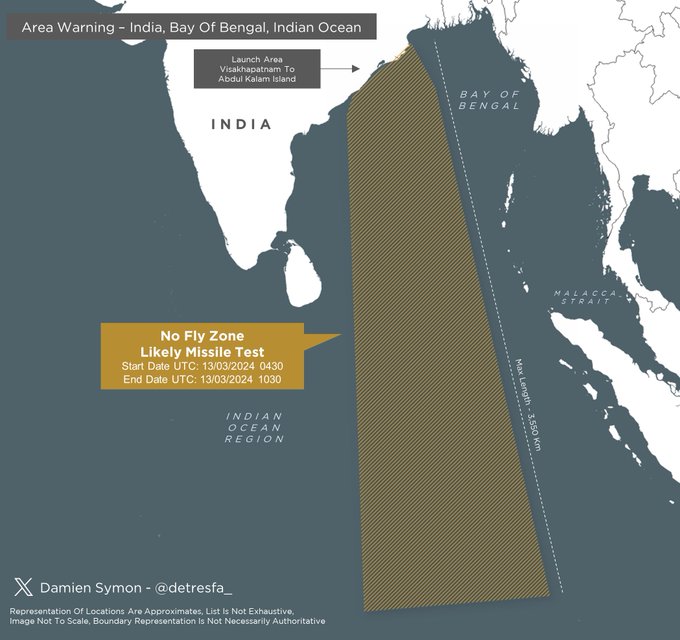
On March 7, 2024, India issued a Notice to Airmen (NOTAM) for a large no-fly zone encompassing areas over the Bay of Bengal and the Indian Ocean region. This NOTAM, effective on March 13, 2024, designates a restricted airspace spanning 3,550 kilometers, hinting at a possible missile test.
While the specific details of the test are not officially confirmed, experts speculate that it could involve either the Agni-V Intercontinental Ballistic Missile (ICBM) or the K-4 submarine-launched ballistic missile (SLBM).
Continue readingSOURCE: AFI
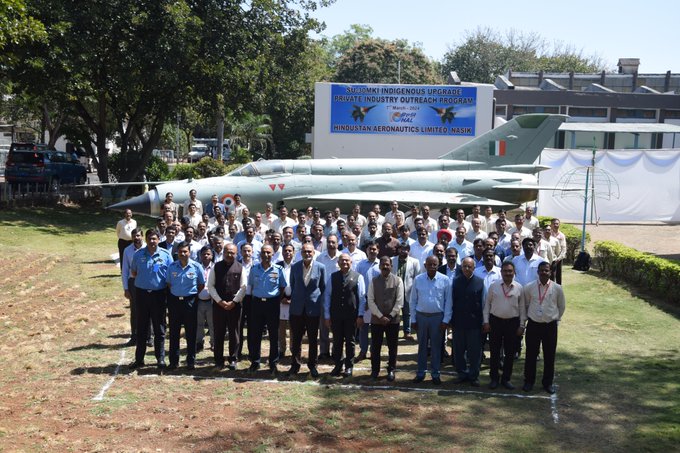
Hindustan Aeronautics Limited’s (HAL) Nasik Division organized a private industry outreach program today to engage the private sector in the upcoming indigenous upgrade program for the Su-30MKI fighter jets.
The program saw the participation of 56 representatives from various private companies, who displayed keen interest in contributing their skills and capabilities to the project.
Continue readingSOURCE: AFI
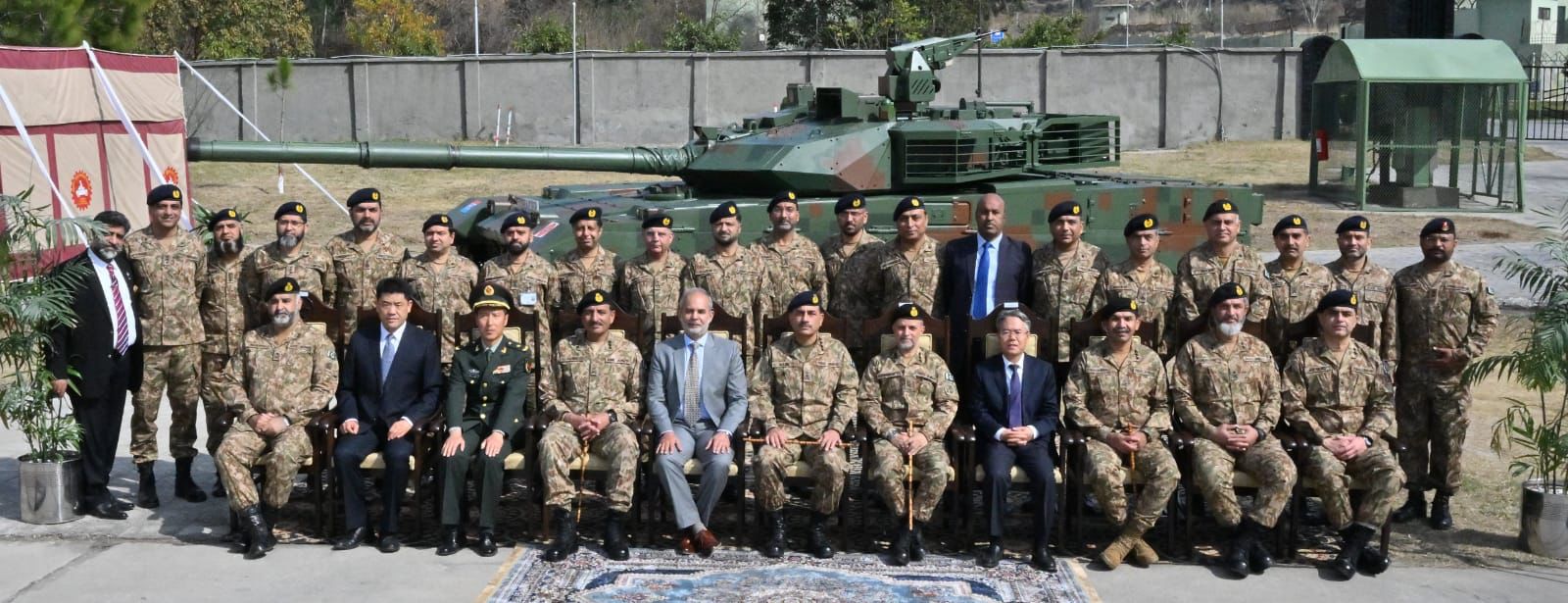
Pakistan’s Heavy Industries Taxila (HIT) unveiled its indigenously developed “HAIDER” tank during a ceremony attended by the Chief of Army Staff (COAS), General Syed Asim Munir. While the design is based on the Chinese VT-4 MBT, the project involved collaboration with China’s NORINCO and various Pakistani industries, marking a significant step towards self-reliance in defense manufacturing for Pakistan.
The HAIDER is touted as a testament to Pakistan’s growing capabilities in defense innovation. It is said to be equipped with cutting-edge technology, offering improved firepower, protection, and maneuverability compared to previous models.
Continue readingSOURCE: AFI
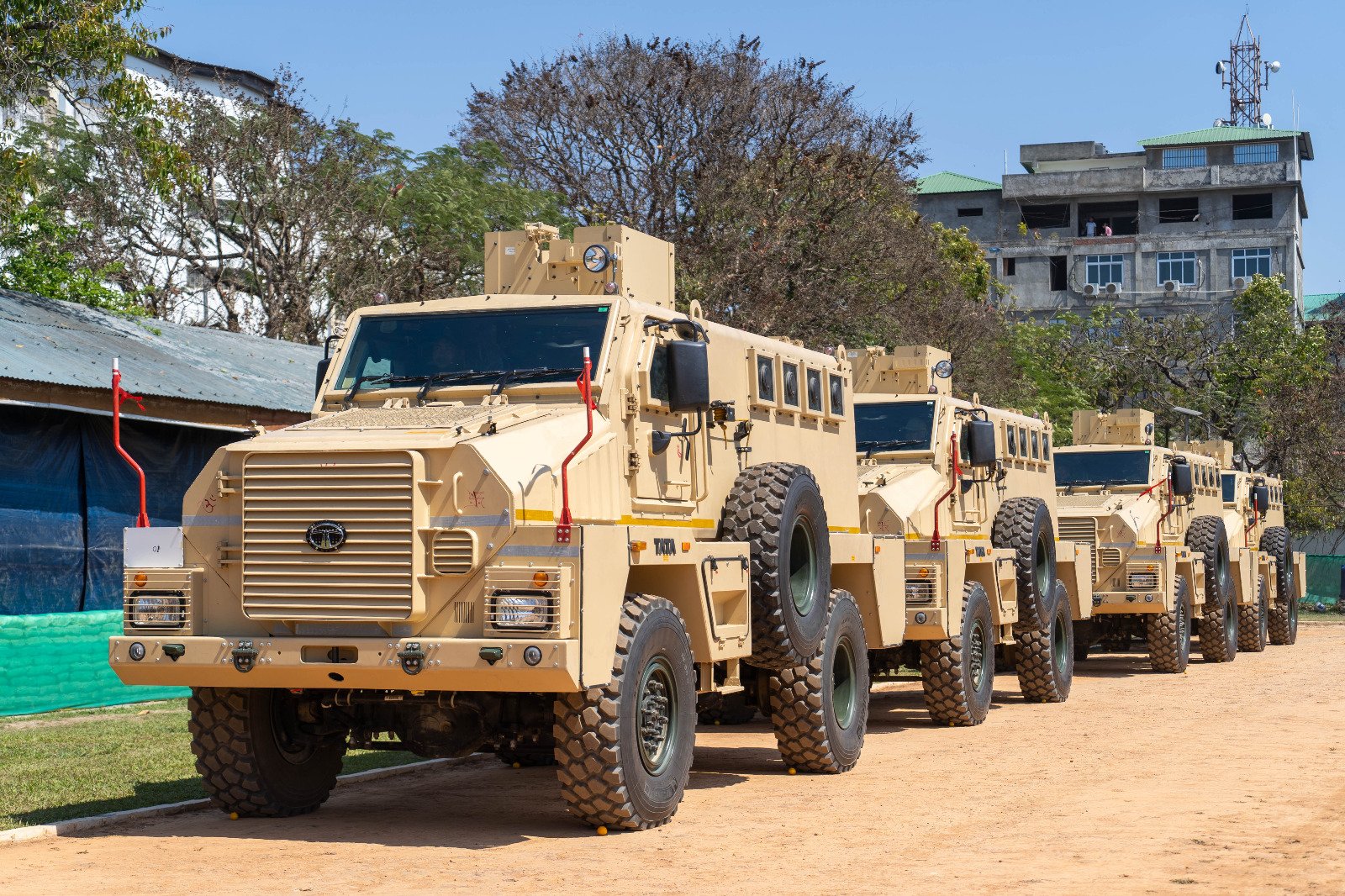
Manipur Chief Minister N Biren Singh officially launched seven Mine-Protected Vehicles (MPVs) for the Manipur Police on Wednesday, March 6th, 2024, at the 1st Manipur Rifles Parade Ground. This significant addition to the state’s police force is aimed at enhancing security and ensuring the safety of Manipur’s citizens.
The event witnessed the presence of dignitaries, including Director General of Police (DGP) Shri Rajiv Singh, who expressed his gratitude to the Chief Minister for providing the MPVs and motivating the police force. He further stated that three more MPVs are expected to arrive soon, emphasizing their commitment to utilizing these vehicles for maintaining control over potentially volatile areas and ensuring public safety.
Continue readingSOURCE: RAUNAK KUNDE / NEWS BEAT / IDRW.ORG

India’s Defence Research and Development Organisation (DRDO)’s ADA is exploring the development of both manned and unmanned variants of its 5th generation Advanced Medium Combat Aircraft (AMCA) program. While the manned version awaits final funding approval, DRDO’s Aeronautical Development Agency (ADA) has proposed an unmanned AMCA concept – a potentially groundbreaking technology.
The Unmanned AMCA, if developed, would be the first of its kind – a 5th generation fighter jet controlled entirely by an “Electronic Pilot” and ground commands. This eliminates the need for a human pilot onboard, potentially reducing risks and offering tactical advantages.
Continue readingSOURCE: RAUNAK KUNDE / NEWS BEAT / IDRW.ORG
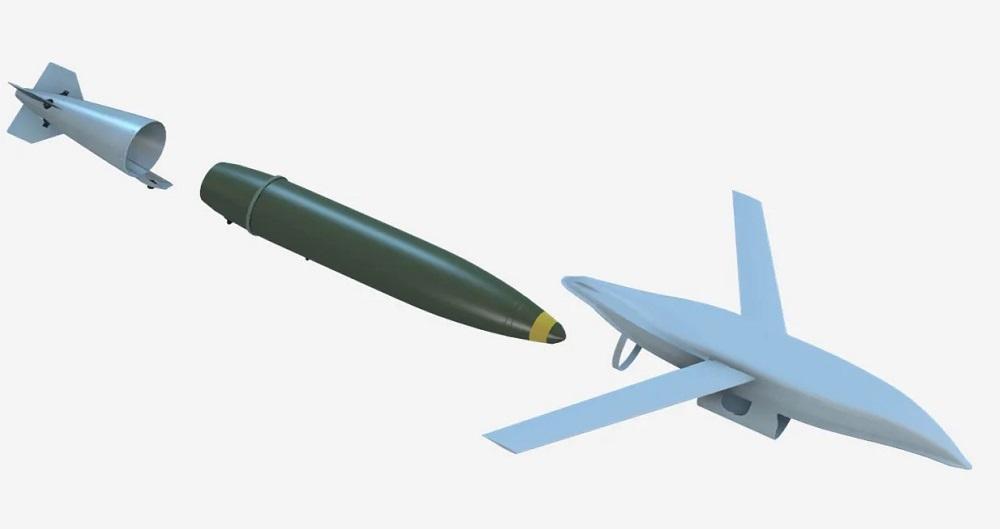
The Ministry of Defence (MoD) has issued a new challenge through iDEX ADITI Edition 1.0, targeting Indian startups. This initiative aims to enhance the capabilities of the Indian Air Force (IAF) by seeking the development of a Range Extension Kit (REK) for existing 250 kg High-Speed Low Drag (HSLD) bombs.
The core objective of this challenge is to develop a rocket or engine-assisted REK equipped with an Electro-Optical/Infra-Red (EO/IR) head for terminal guidance. This kit will be designed to:
Continue readingSOURCE: RAUNAK KUNDE / NEWS BEAT / IDRW.ORG
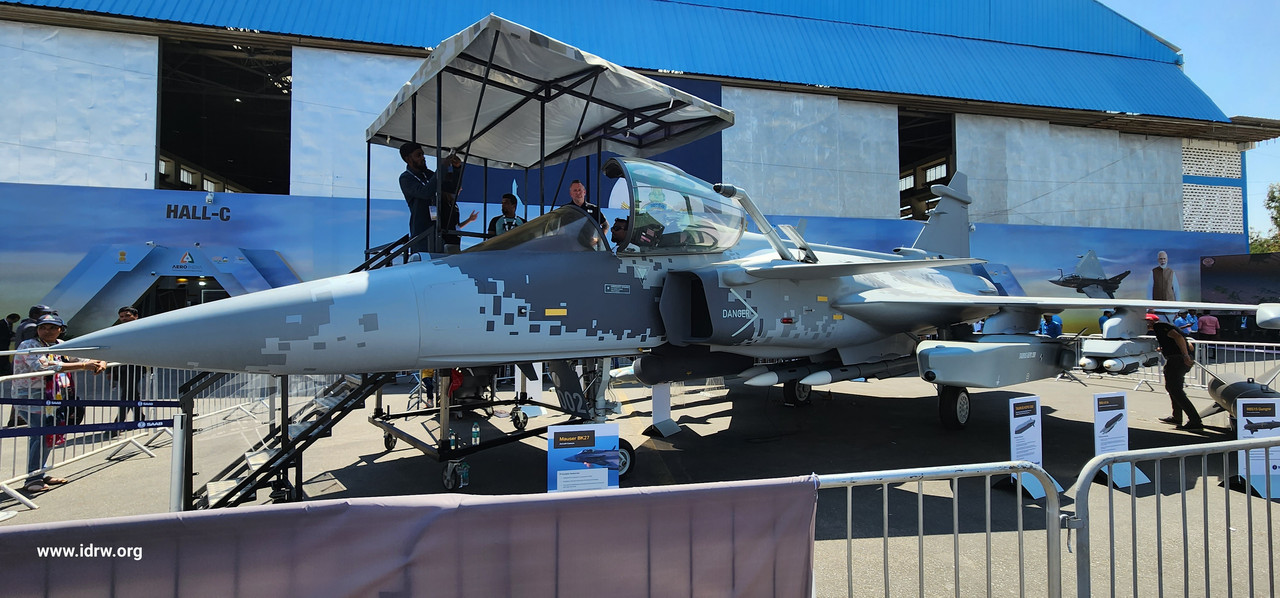
Mats Palmberg, Chairman and Managing Director of Saab India, recently shed light on the Swedish defense giant’s position in India’s ambitious Multi-Role Fighter Aircraft (MRFA) project. With cautious optimism and a commitment to partnership and innovation, Saab India eagerly awaits the government’s next move in this pivotal defense procurement endeavor.
Saab India’s journey in the MRFA project began with the submission of a comprehensive response to the Request for Information (RFI) in 2018. Since then, the company has engaged in extensive consultations with the Indian Air Force, striving to refine and clarify its proposal to align with the nation’s strategic objectives and operational requirements.
Continue readingSOURCE: AFI
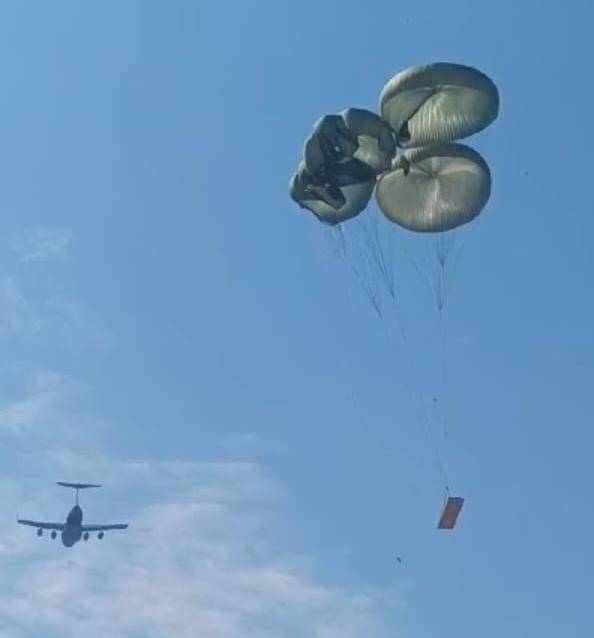
In a significant development towards achieving self-reliance in defense (Aatmanirbhar Bharat), India successfully airdropped an indigenously developed heavy platform during trials. This platform, designed by the Aerial Delivery Research and Development Establishment (ADRDE) and capable of carrying a substantial load of 45,000 pounds, was airdropped from an Indian Air Force (IAF) C-17 aircraft.
This successful test marks a major milestone in India’s journey towards self-sufficiency in defense equipment and capabilities. The ability to airdrop such heavy platforms significantly enhances the combat capabilities of the IAF’s C-17 fleet.
Continue reading